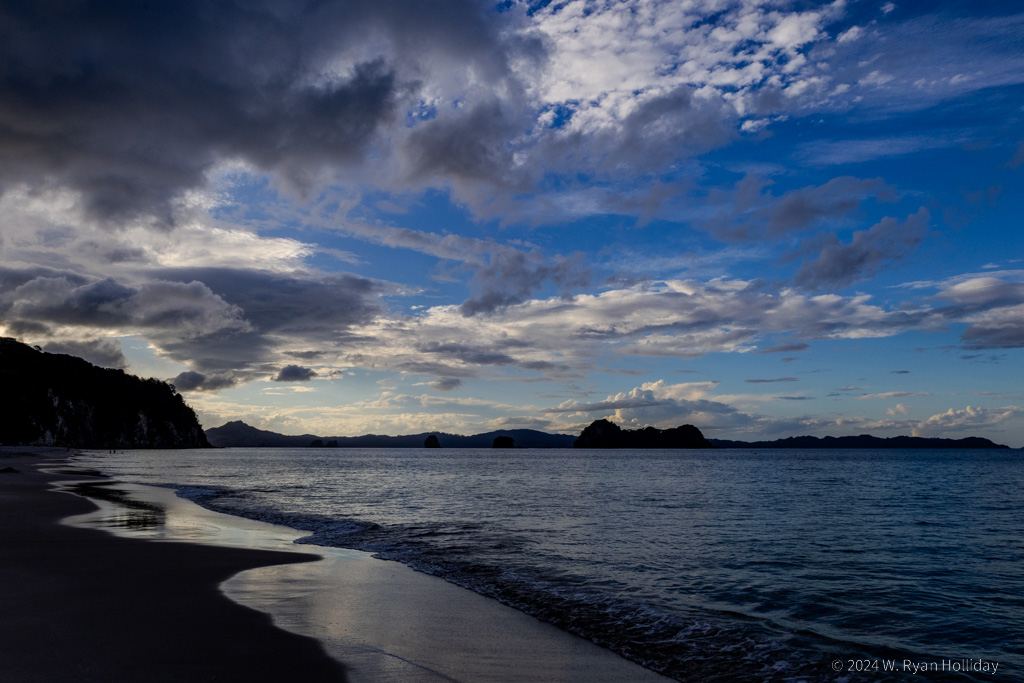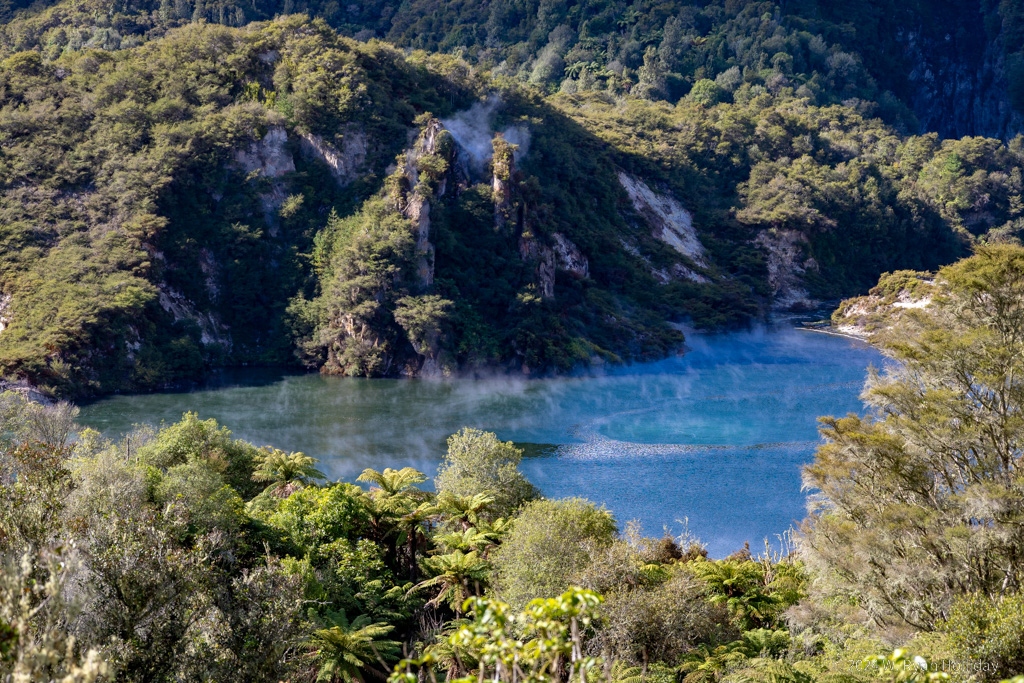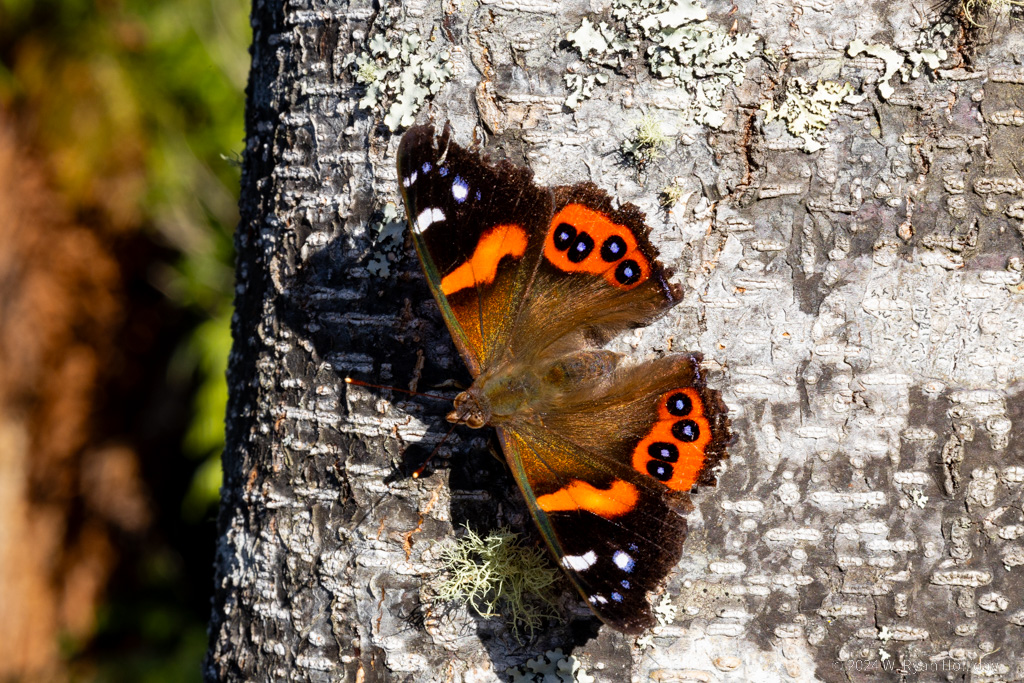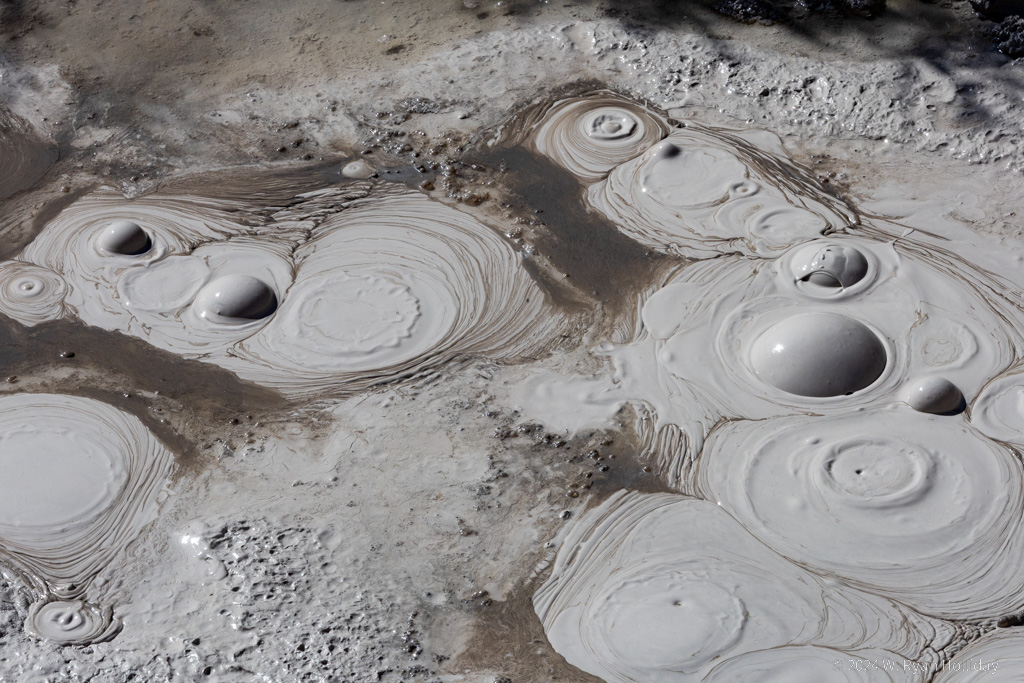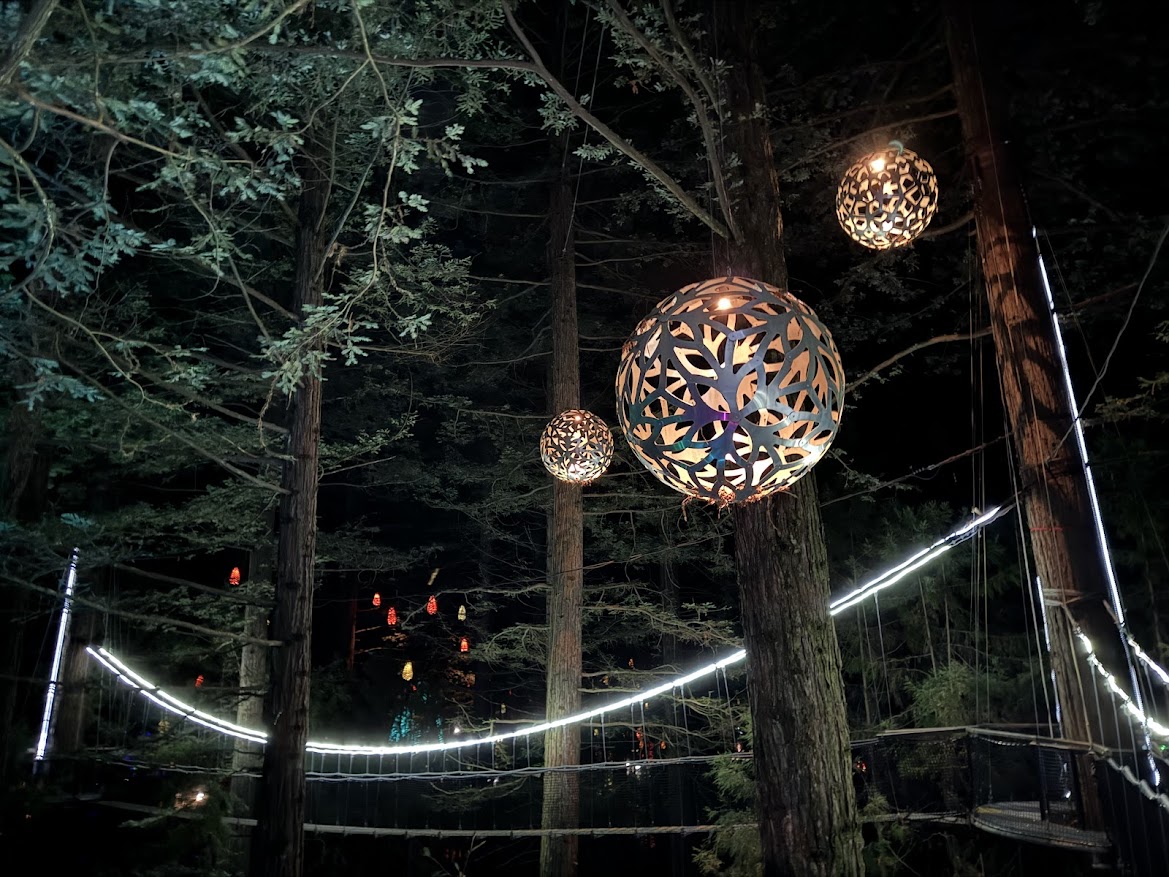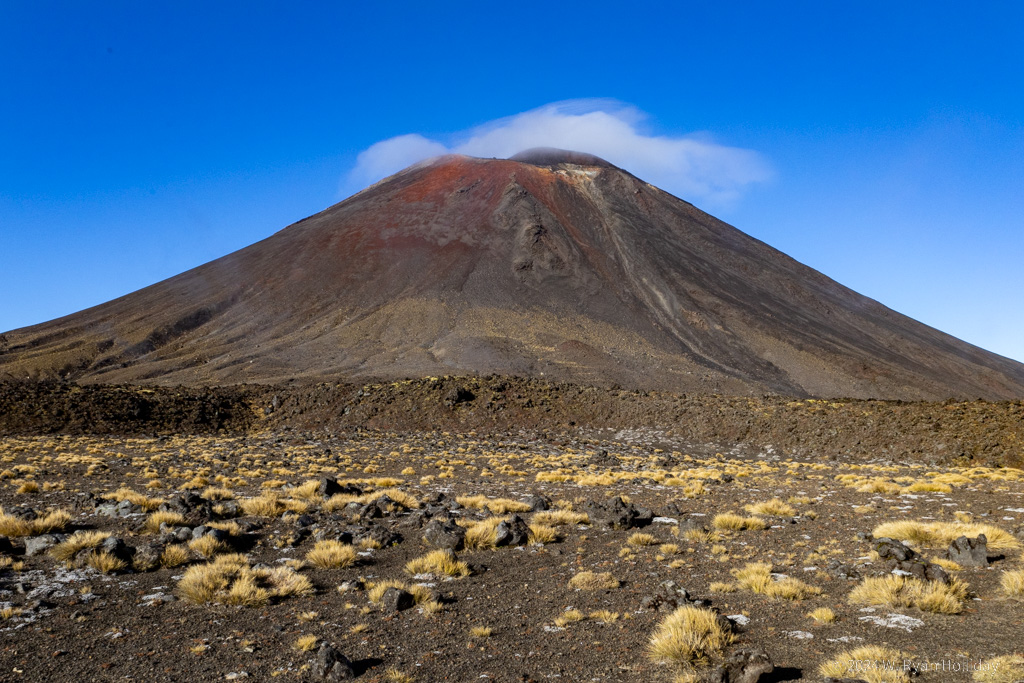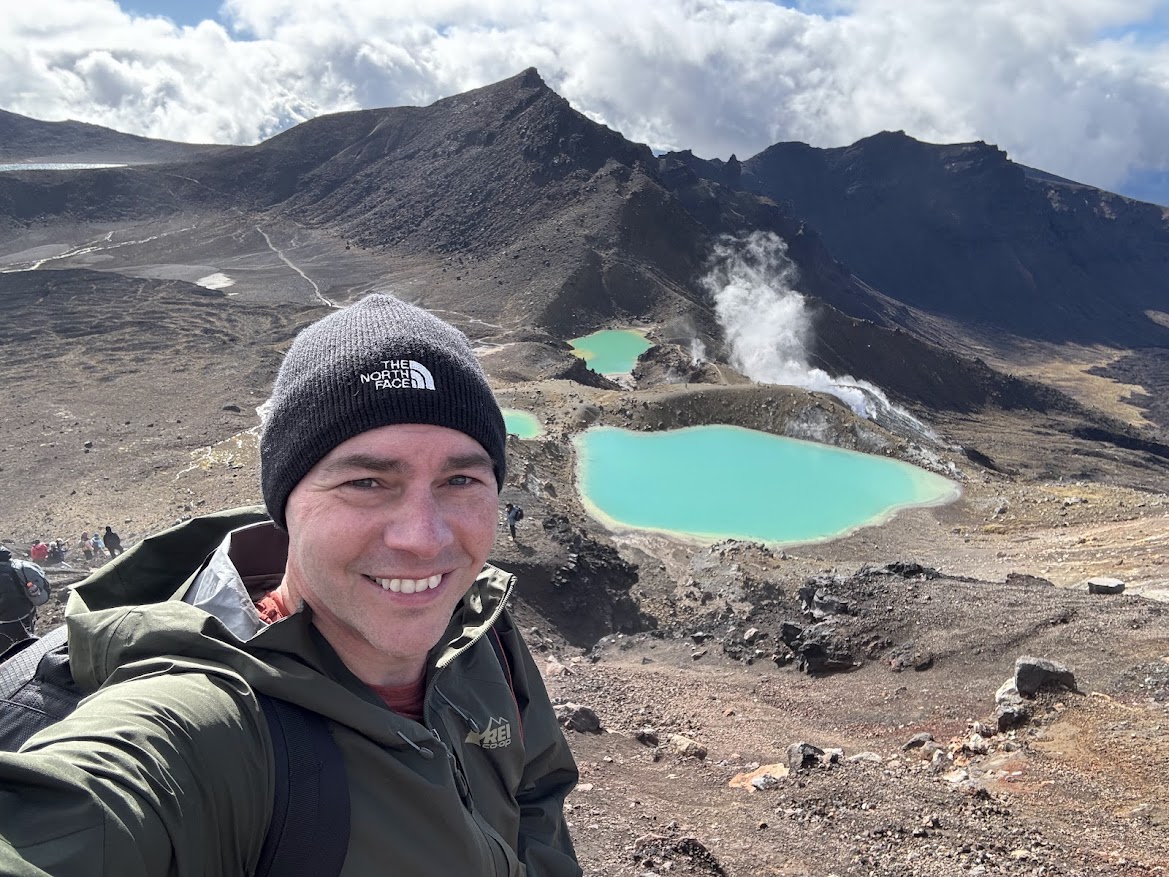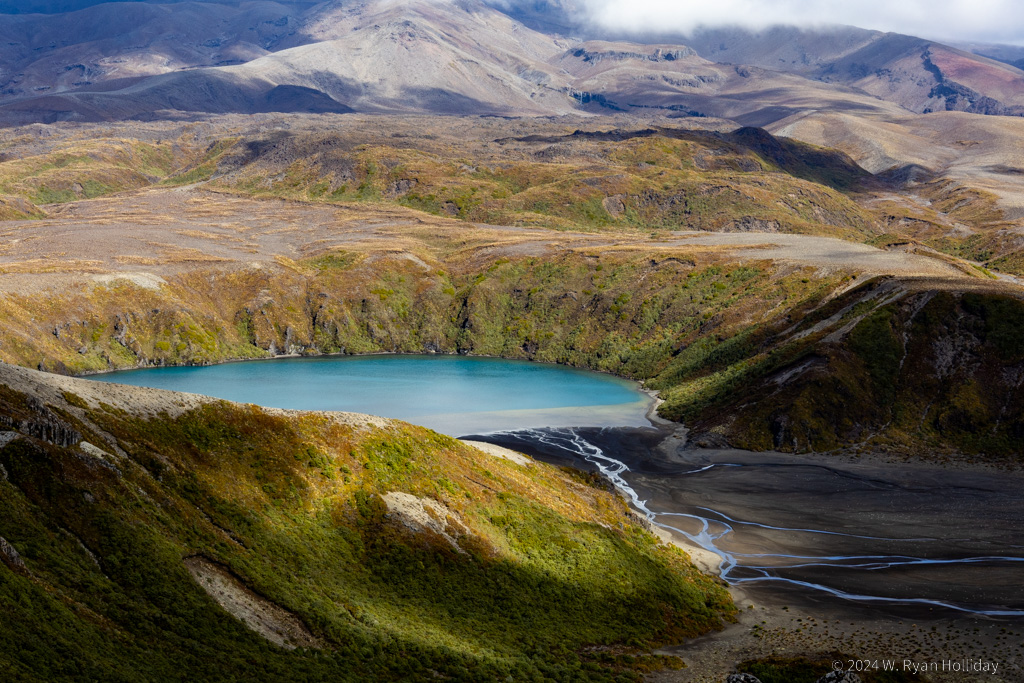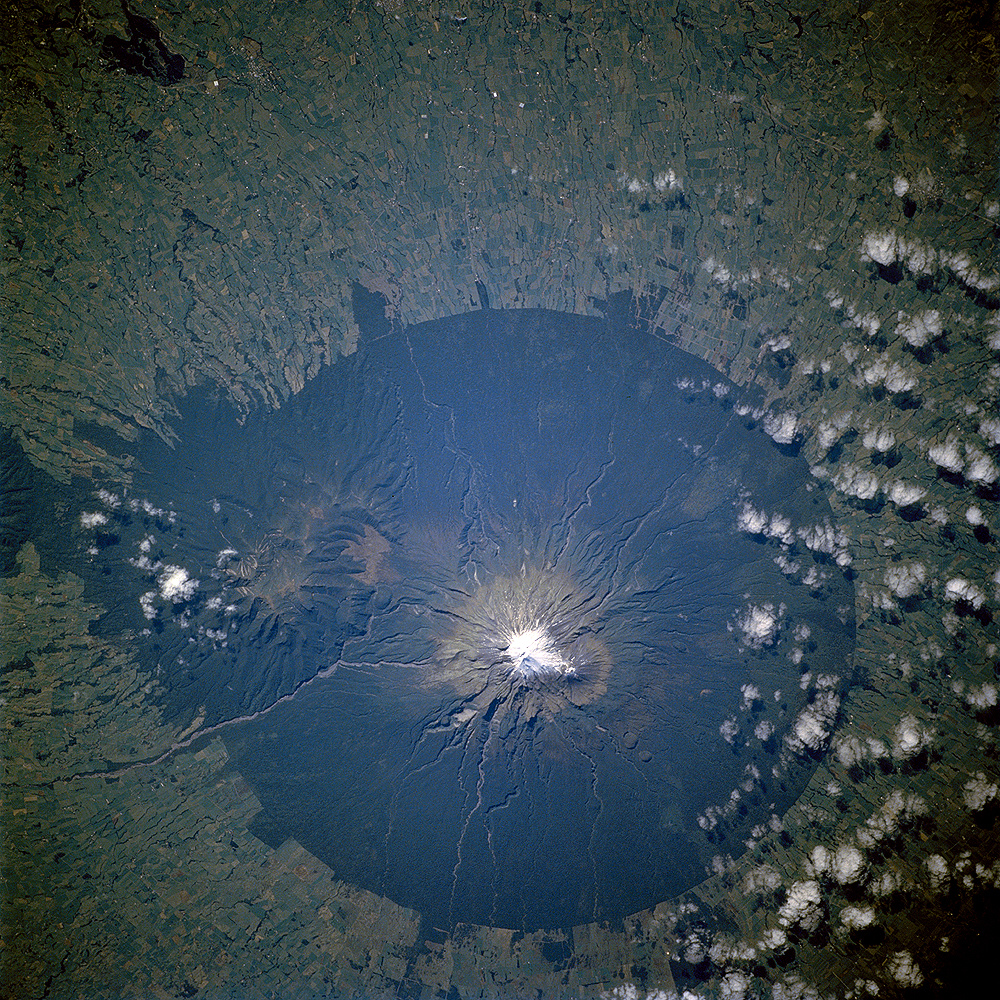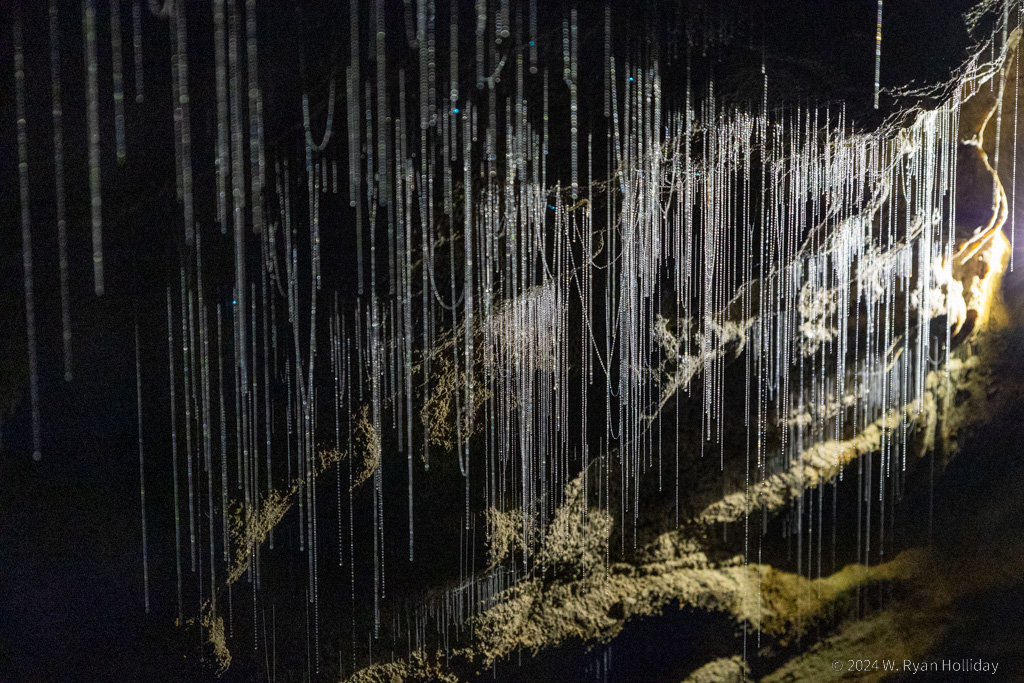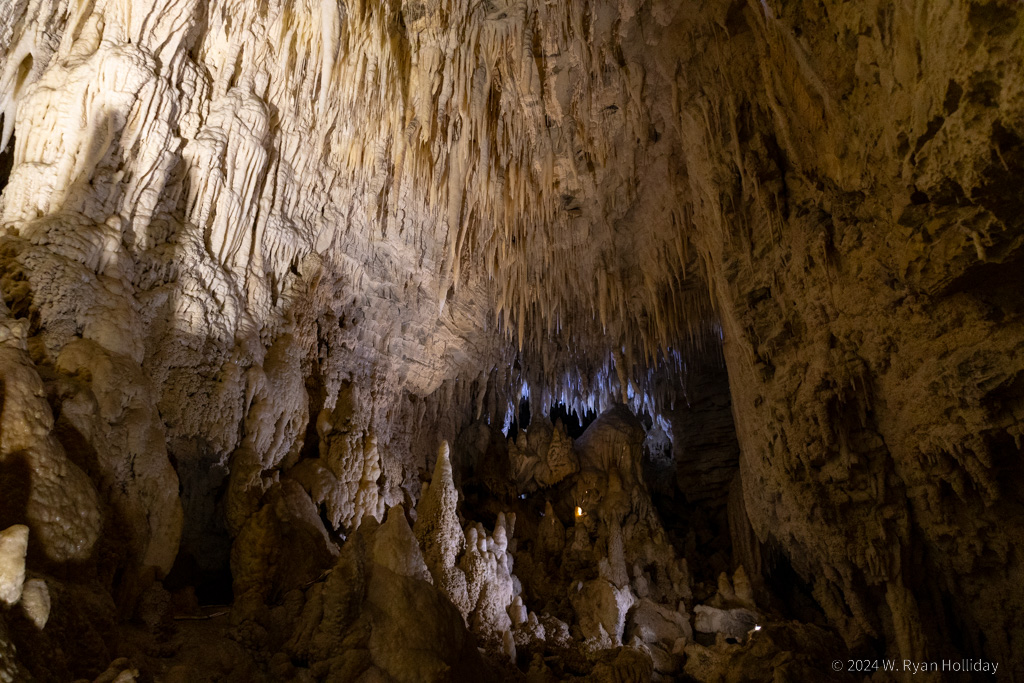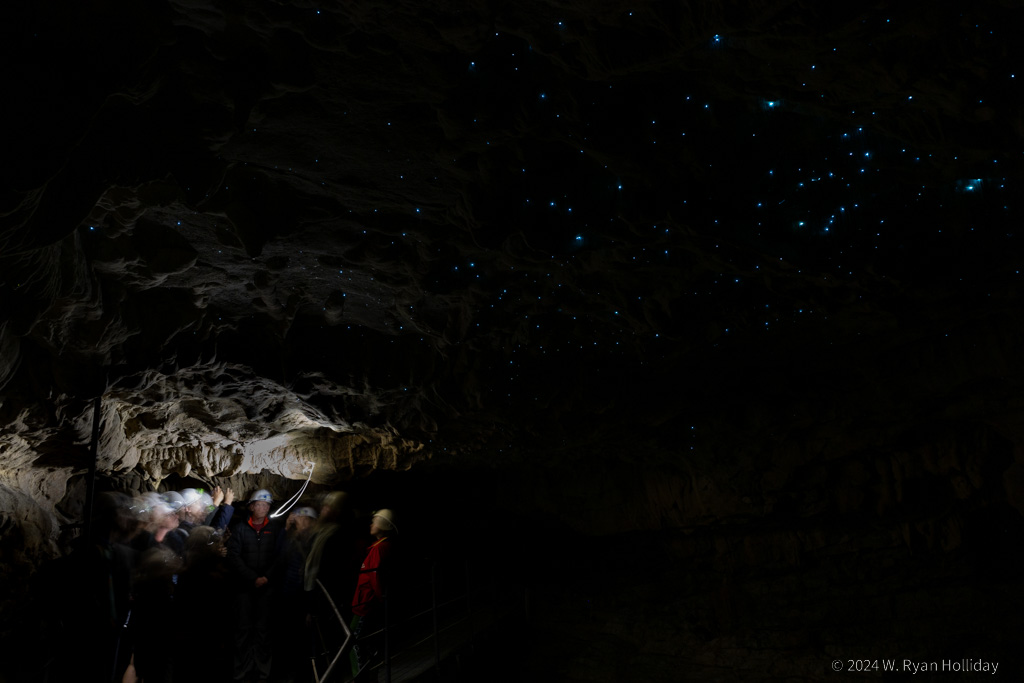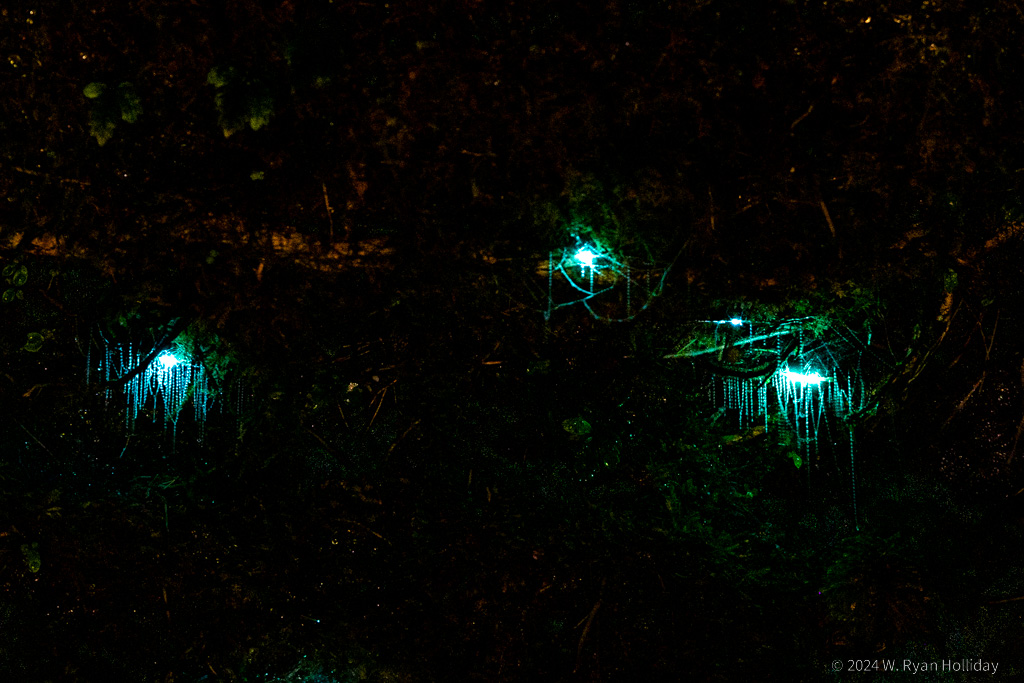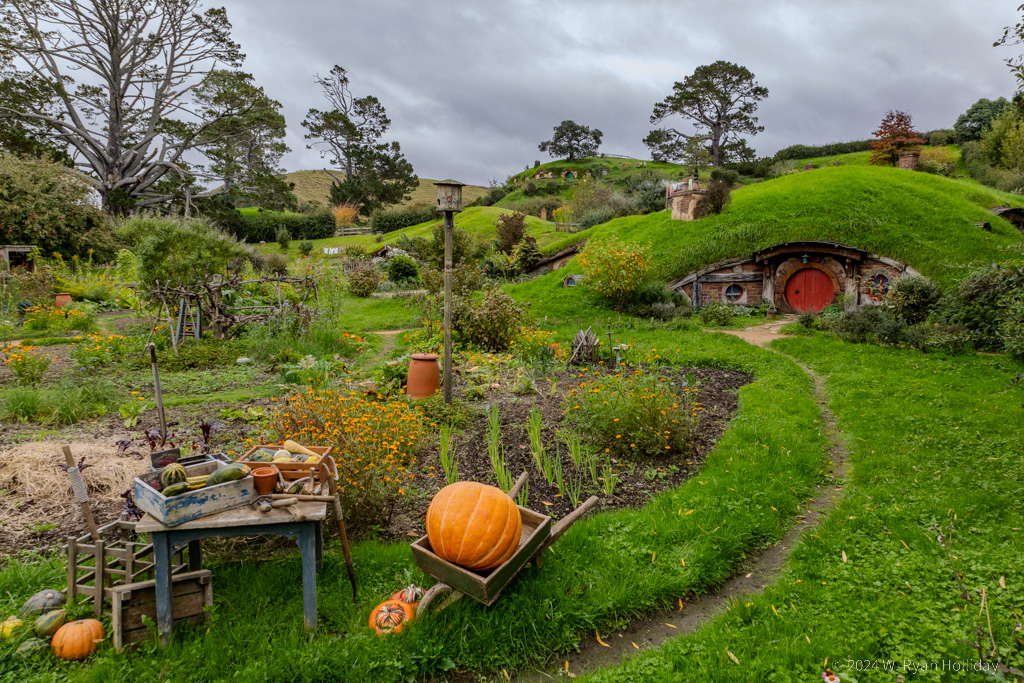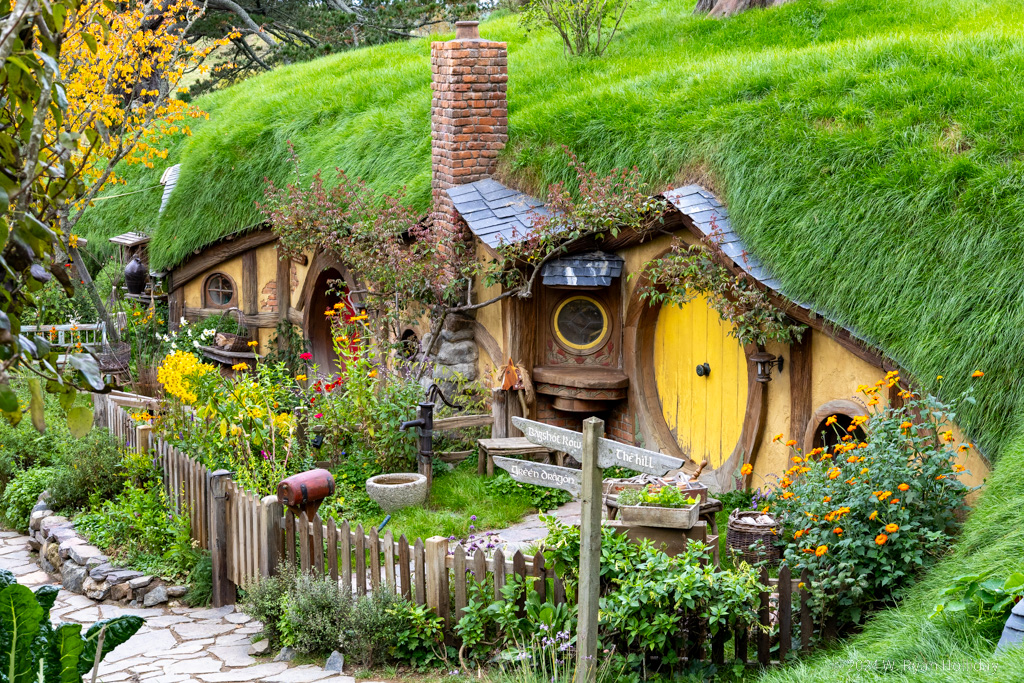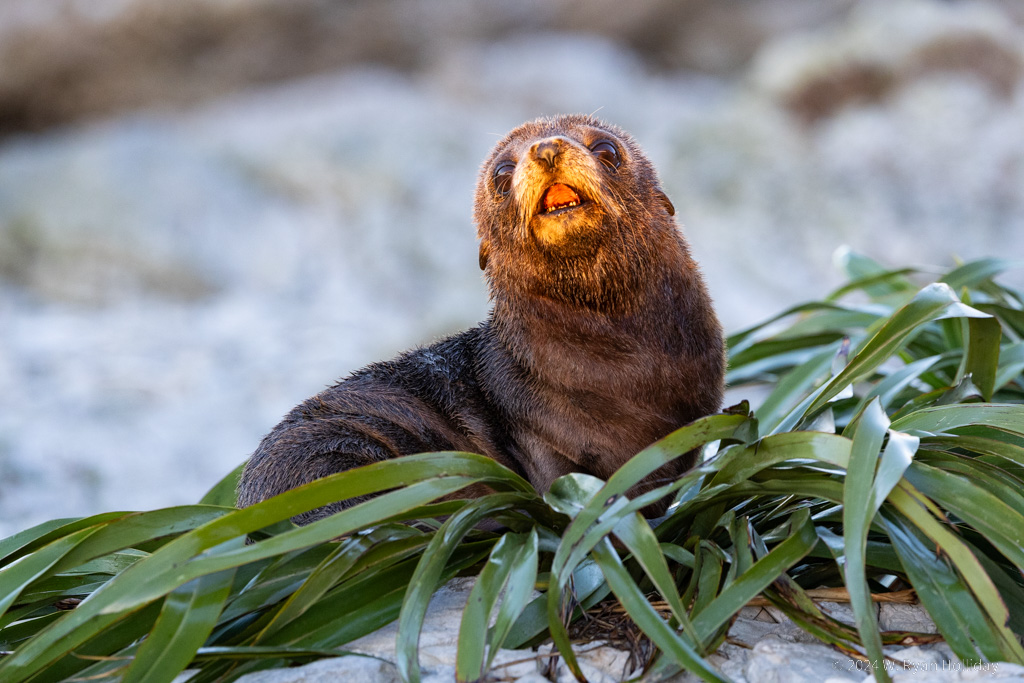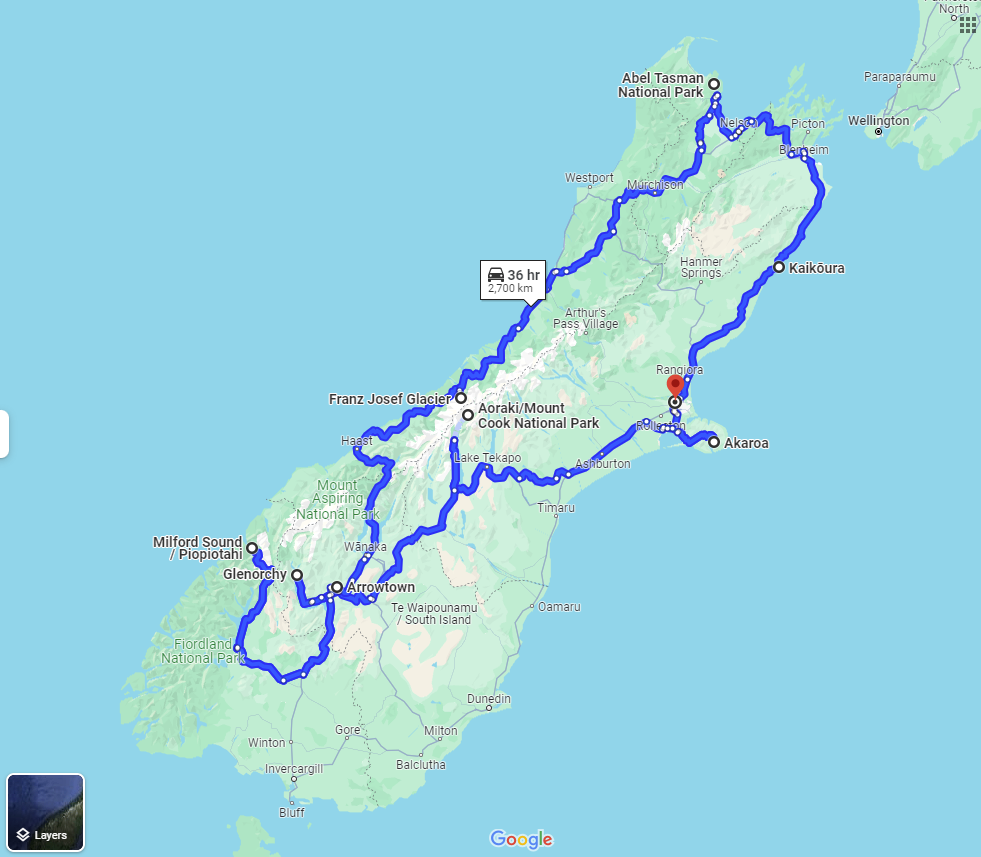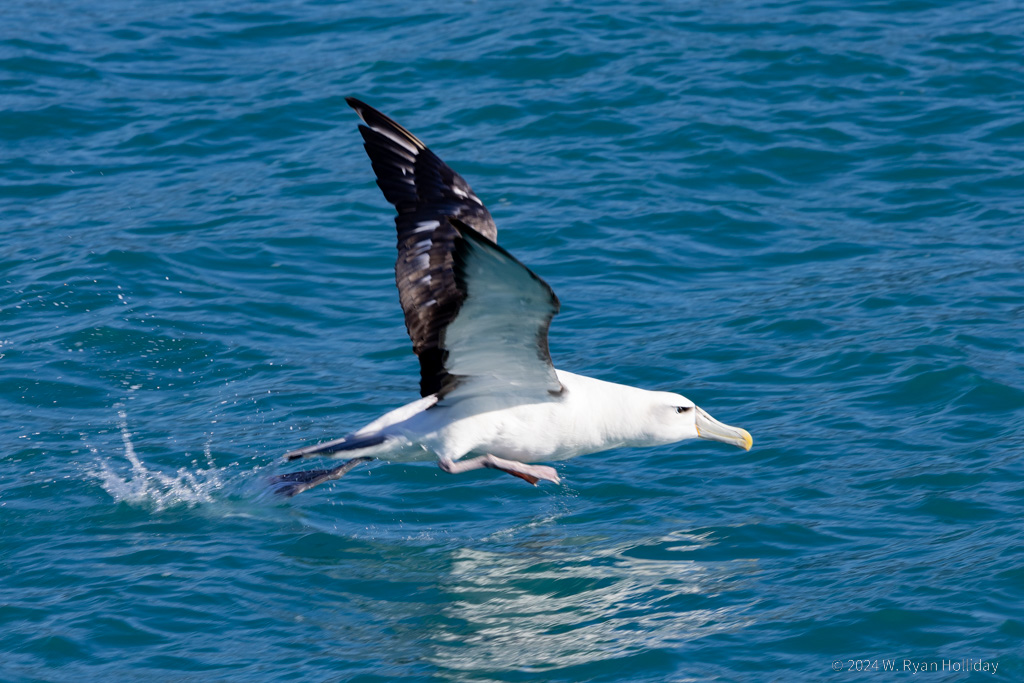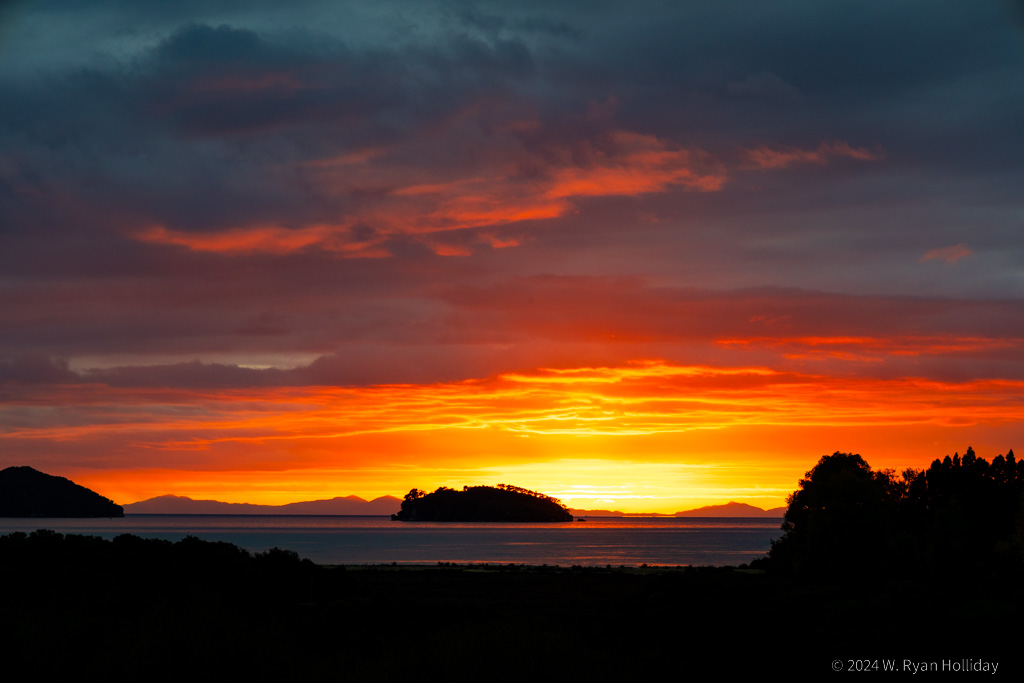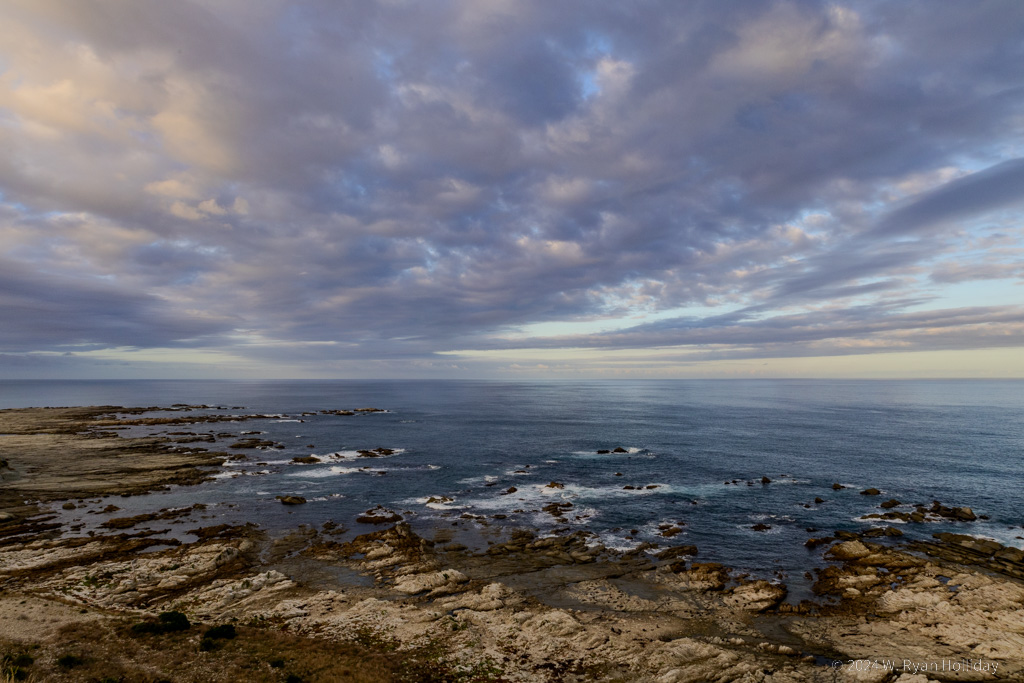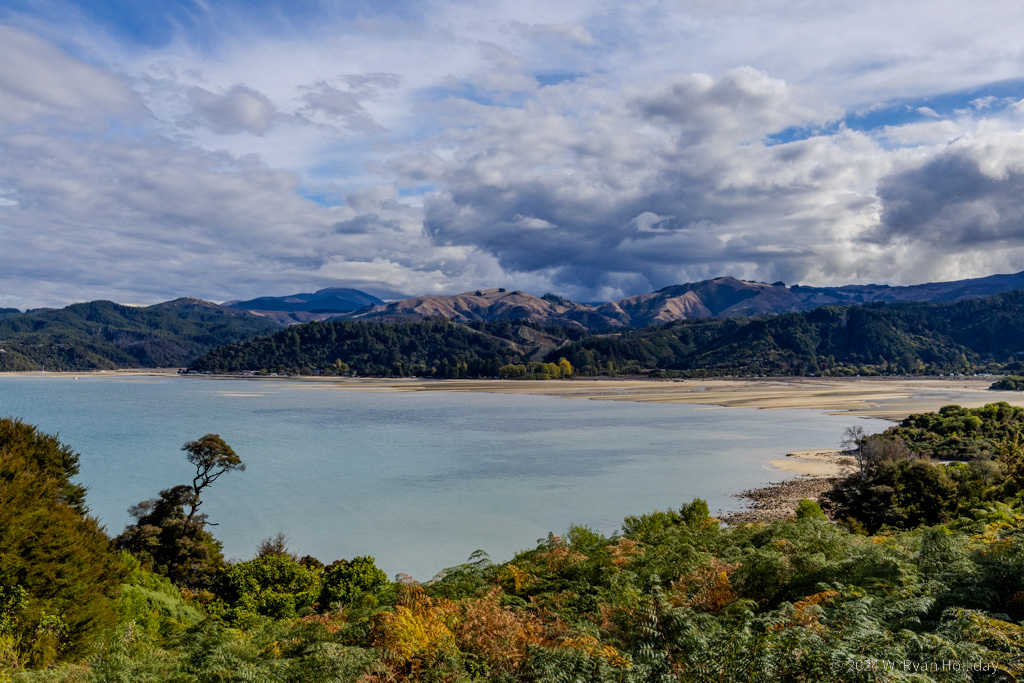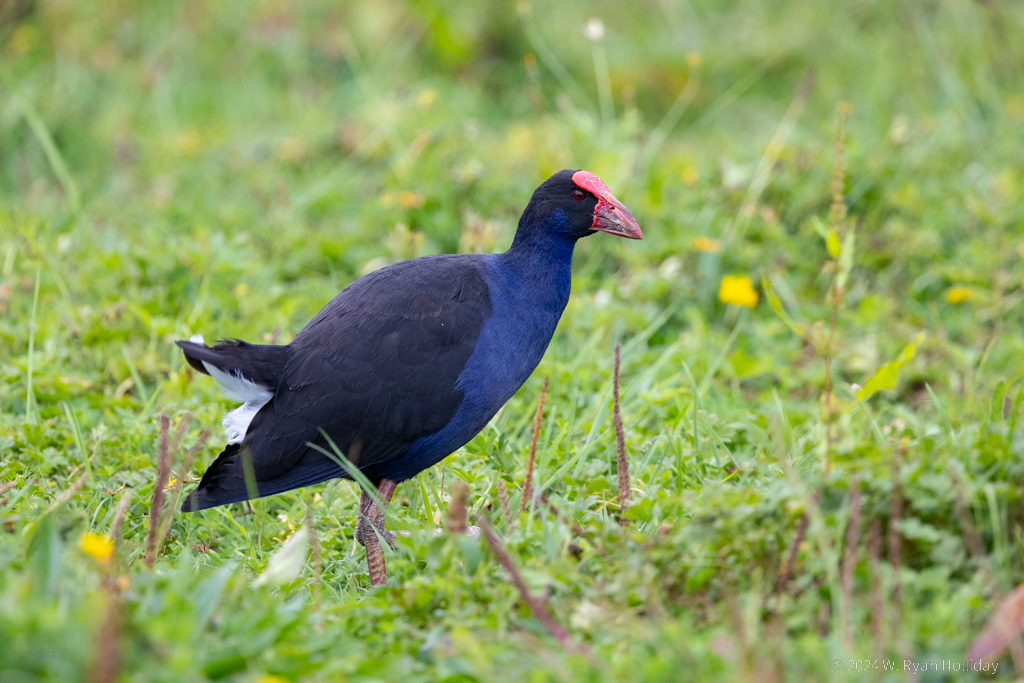Today was a day of much driving, with a couple of short breaks along the way. Before leaving Rotorua, the lady who ran the B&B suggested I should do the hike up Mount Maunganui, a 750 foot tall dormant volcano on the coast. Never one to pass up climbing dormant volcanoes, I stopped on my way and hiked several miles up and around the big rock, taking in some rather inspiring views of the Pacific from the top. From there it was off to the Coromandel Peninsula, which is mostly farms, hills and oceans, providing some nice flashbacks to the rural scenery of the South Island. It was getting late in the day as I got to the town of Hahei, and while the trail to their famous Cathedral Cove was closed due to damage, the view from Hahei Beach as the sun was getting low on the horizon wasn’t half bad.
Tonight’s lodging is at the Buffalo Lodge, and I’ve got this huge place all to myself after a large group apparently cancelled due to Covid. It’s way up in the hills surrounded by forest, and I’m hearing a few nocturnal birds having some sort of cocktail party outside. I was hoping they might be New Zealand’s famous kiwis, but while there are supposedly kiwis around here, an interweb search for kiwi calls says the current party chatter is coming from something else – the closest match I’ve found so far is the morepork, a tiny native owl, and if that’s who’s out there talking he has a LOT to say.
Tomorrow I’m driving back through Auckland on my way further north, and despite living in Los Angeles I’ve become very afraid of traffic and people over the past month of travel, so send thoughts and prayers as I navigate highways and traffic lights again.
